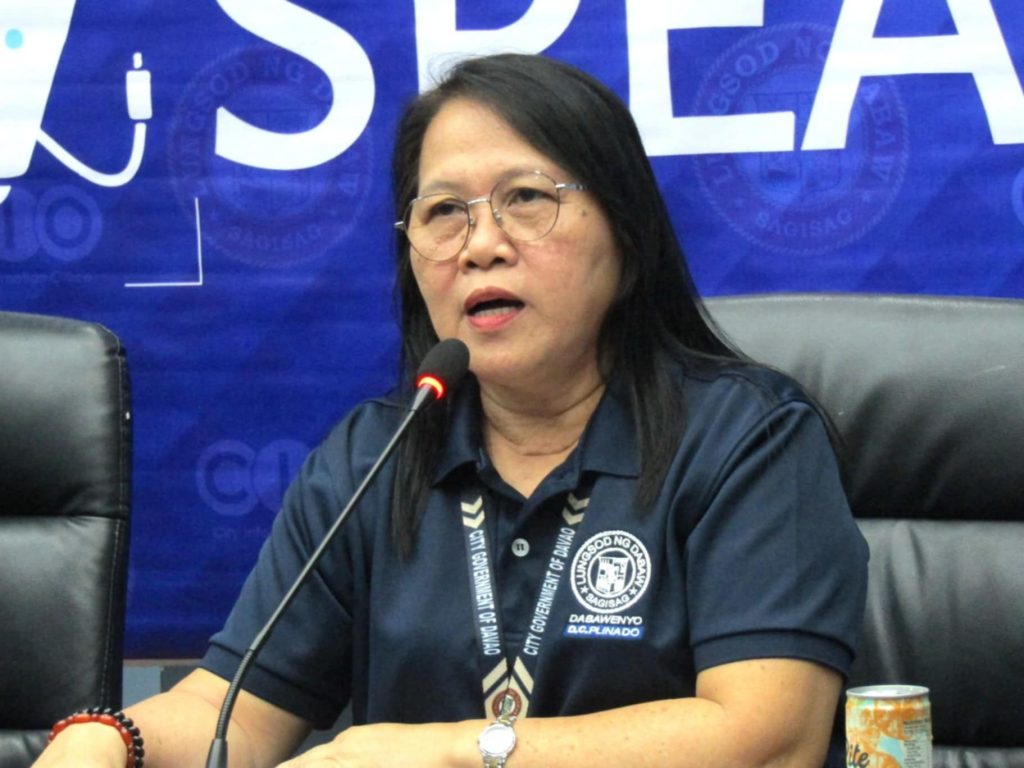THE CITY Agriculturist’s Office (CAgrO) on Thursday reported that local rice production cannot keep up with consumer demand.
During the iSpeak media forum, Pablita Almador, CAgrO rice production focal person, said the limited production area is the primary reason behind the shortage.
“Ang atong produce diri sa Davao City, dili gyud siya maka-sustain para mapakaon ang Davao City for the year round,” Almador stressed.
Davao City still sources its rice needs from its neighboring provinces. For instance, its supply comes from Davao Oriental, Davao del Norte, Davao del Sur, and Davao de Oro.
In terms of production, Davao City has about 400 hectares of irrigated area, with the largest in Calinan District; 200 hectares of rainfed areas (no irrigation), and 900 hectares of upland, mostly in Marilog and Paquibato districts.
Almador said the production from upland areas is limited as the farmers only plant once a year.

“The average yield per hectare is at 4.5 metric tons. So, atong gina urge atong farmers nga i-maximize ang area,” she said.
In 2023, rice production in the city only maxed at 6,000 metric tons of fresh palay. She added that once milled, about 65% of rice can be salvaged in every 100 kilos (1 sack) of fresh palay.
She reported that the city is not included in the mechanization under the Rice Tariffication Law, as the national government prioritized larger production areas in other parts of the country.
Almador said the city only benefited from the rice seeds that the Department of Agriculture provides. This year, the city received 800 bags (20 kilos/bag) of seeds, good for 400 hectares. Last year, the city received 1,200 bags.
Meanwhile, CAgRO’s Engineering Division scouted upland areas as expansion is not viable in the lowland since some farmers already converted from rice to other crops.
“The farmers are aging, wala nay batan-on nga mo go into rice farming. Gawas sa climate change, atong fluctuating buying price, so the farmers only plant for personal consumption,” she said.
Almador said the office grouped 1,700 rice farmers into one and is fine-tuning the five-year Cluster Development Plan considering the three ecosystems: irrigated area, rainfed areas, and upland.

